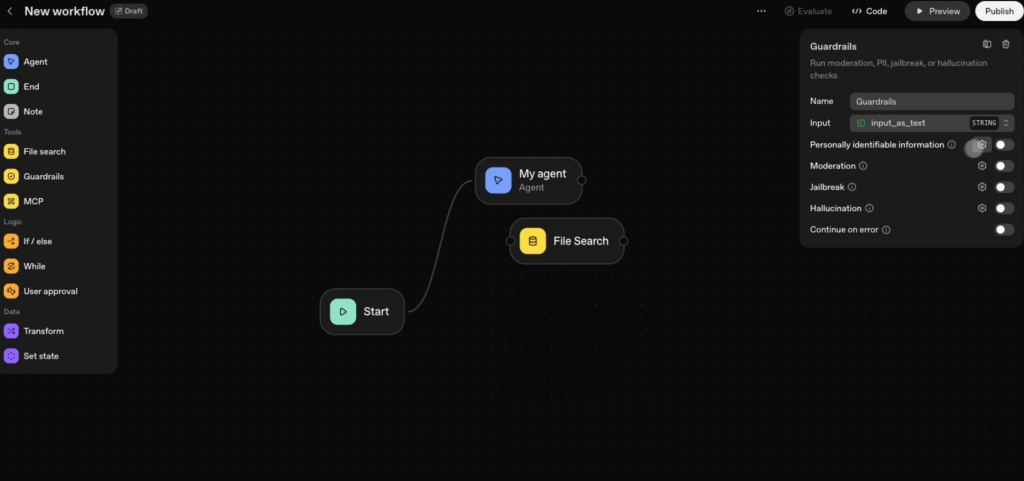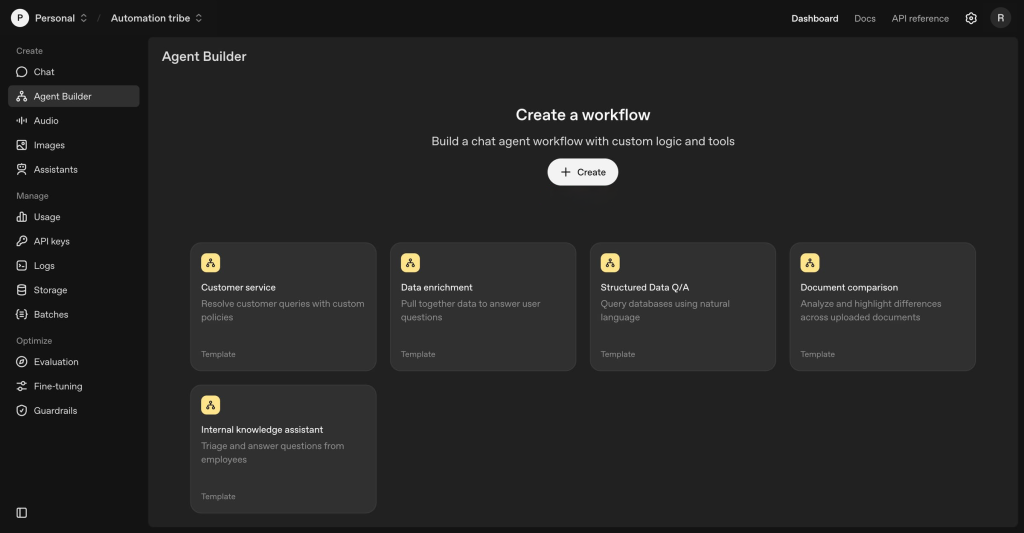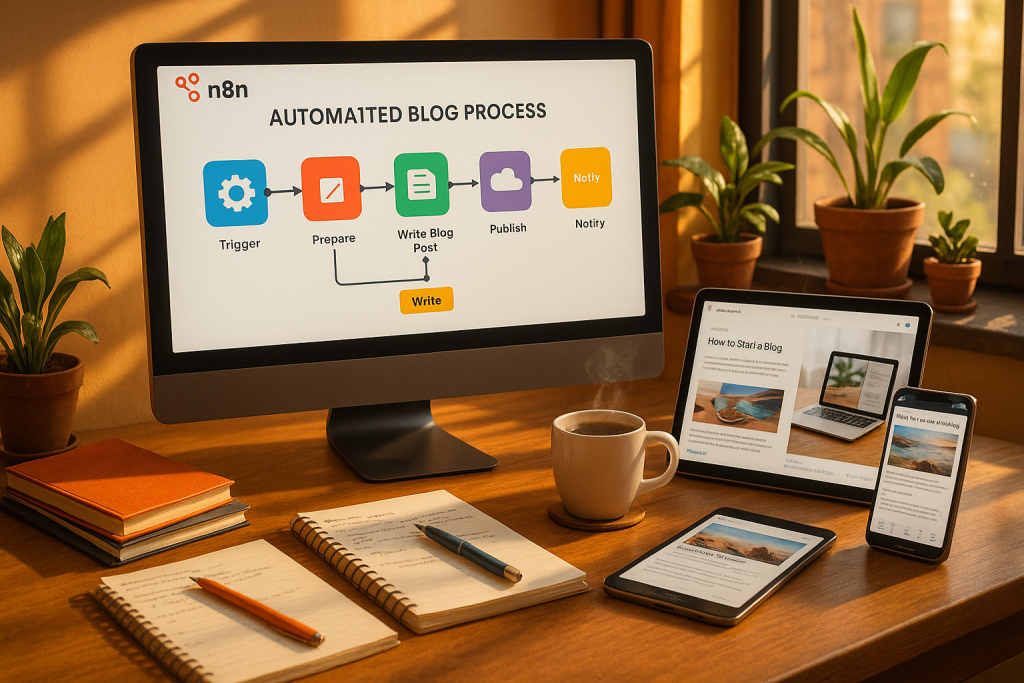As anticipation builds for OpenAI’s Dev Day on October 6, the company has quietly previewed one of its most ambitious tools yet — the OpenAI Agent Builder. This new platform is designed to let users visually create agentic workflows, connecting models, data, and logic blocks in an intuitive drag-and-drop interface.
Early testers describe the experience as “one of the smoothest Agent Builder canvases” they’ve used, signaling OpenAI’s commitment to lowering the barrier to entry for developers, solution architects, and even non-technical teams.
A Direct Competitor to n8n and Zapier
With the introduction of Agent Builder, OpenAI is stepping directly into the automation and orchestration space, positioning itself as a native alternative to tools like n8n and Zapier.
But unlike traditional automation platforms, OpenAI’s version is deeply integrated with its own AI ecosystem — meaning developers can now combine GPT reasoning with structured workflows, approvals, and data operations all inside one environment.
This approach could transform how AI-driven applications are prototyped and deployed — especially for teams already building with OpenAI APIs.

Inside the Agent Builder Canvas
The Agent Builder introduces a drag-and-drop canvas where users can visually assemble their workflows using predefined templates and modular components.
Among the available templates are:
- Customer service agents
- Data enrichment pipelines
- Q&A bots for documentation
- Document comparison tools
Each workflow is built from nodes that handle key automation features:
- Logic blocks (if/else conditions, loops, and branching)
- Connectors, including MCPs (Model Context Protocols)
- ChatKit widgets for embedding conversational interfaces
- User approval gates and guardrails for safe execution
- File search and data transformation steps
This modular design offers the flexibility of code without the complexity, making it easier to create production-ready agents faster than ever.
Designed for Developers and Non-Experts Alike
One of the biggest advantages of the OpenAI Agent Builder is its accessibility. Developers familiar with OpenAI’s APIs will appreciate the speed of iteration, while teams without deep coding backgrounds can leverage visual tools and templates to get started.
This dual-approach design supports:
- Rapid prototyping of AI agents
- Easier onboarding for new users
- Reduced development overhead for production-ready solutions
In essence, the Agent Builder is bridging the gap between prompt engineering and full-scale automation design.
Why It Matters
The introduction of OpenAI’s Agent Builder represents a major milestone in the evolution of AI automation. It’s not just another integration tool — it’s a framework for creating autonomous, reasoning-driven systems with minimal friction.
For those already using n8n, Make, or Zapier, this may not mean instant replacement — but it does signal that OpenAI is moving aggressively toward native orchestration. And with the power of GPT-based reasoning built in, the potential for intelligent, self-adapting workflows is immense.
What’s Next?
OpenAI is expected to share more details and demos during Dev Day. If the early preview is any indication, the Agent Builder could become a cornerstone in how we design and deploy intelligent automations.
Would you migrate some of your automations to OpenAI’s new ecosystem, or will tools like n8n still be your go-to for flexibility and integrations?
Let’s discuss — what’s your first impression of this move?




